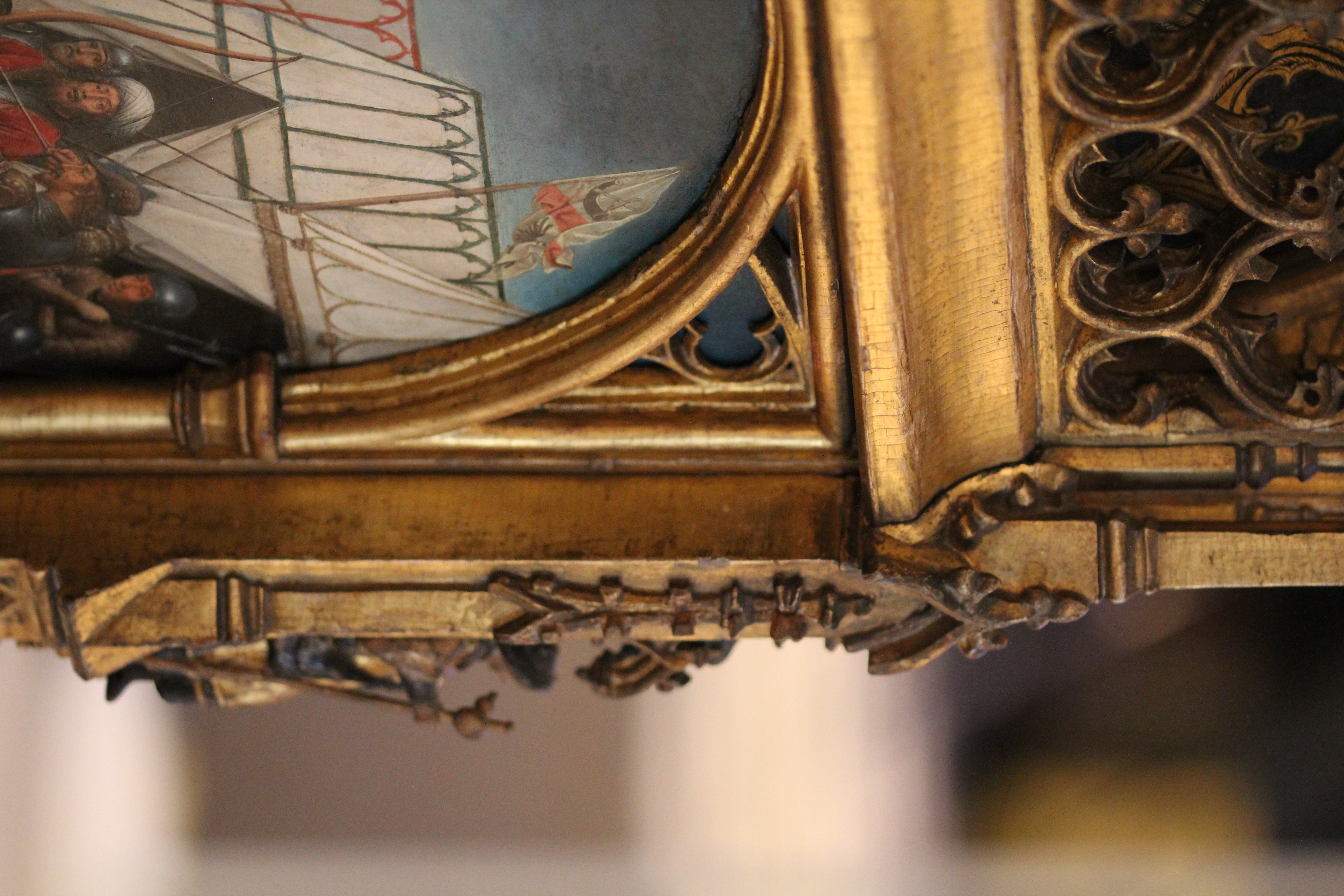PaReS – Painted Relic Shrines in Situ
Study of the materials, techniques, function and use of painted relic shrines in Belgium




Summary of the project

The PaReS project will combine historical research into the objects with state of the art scientific investigations. The question of dating and the physical evolution of the materials will be examined by using high resolution photography (visual light, UV, IR), advanced imaging (IRR, XR, MA-XRF, 3D scans), dendrochronology and chemical analysis. Paint sample cross sections will shed light on the number and character of the paint layers. For centuries, reliquary shrines held a central place in society. Now, the PaReS project will help them reclaim their place in the spotlight, and ensure their preservation for centuries to come.
In today’s technologically dominated world, it is hard to imagine the overwhelming importance of devotion in the daily life of every medieval man. Central to Catholic devotions was the contemplation of the earthly remains and possessions of saints, so-called relics. These bones, bottles, hairs, textiles, and other objects were cherished, and usually pre-served in elaborately decorated, wooden reliquaries. Monasteries and churches thrived on the visits of numerous pilgrims, worshipping these relics in search of salvation. Miraculously, indeed, after 500 years of intensive use and multiple alterations, many of these shrines are still preserved. In Belgium, fourteen such painted shrines survived the violent iconoclastic attacks of 1566. Ten of these are still in the churches for which they were originally made. In spite of their obvious and long-lasting historical importance and their often worrisome future perspectives, these Belgian shrines have barely been studied. Although KIK-IRPA carefully paved the way with the study of a number of contemporary votive objects, there is a lack of knowledge on painted shrines compared to neighbouring countries. Many questions arise in the study of these enigmatic objects, as today little is known on how, where, and by whom the objects were produced. Their production technology, their symbolic meaning, their ritual uses, their spatial placement in the church, their complex mix of materials, their current condition, value and meaning, and future conservation options all need to be considered. This calls for an interdisciplinary approach.